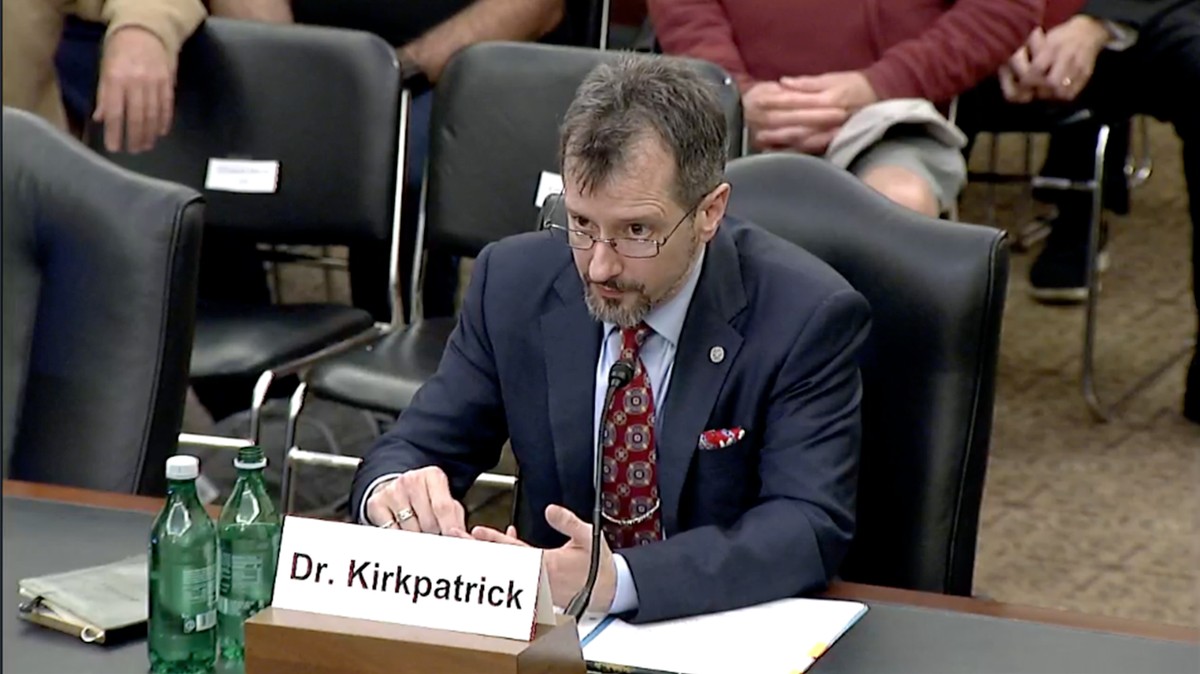Dr. Sean Kirkpatrick had a few choice words for the public on his way out the door of the Pentagon’s All-domain Anomaly Resolution Office
Sean Kirkpatrick was once the man in charge of a D.C.-backed agency tasked with investigating claims into unidentified anomalous phenomena, the new term for what most people still call UFOs. He stepped down from the position in December, and has now published a excoriating farewell letter in Scientific American detailing some of the reasons why.
So why did he stop hunting for UFOs on behalf of the American government? In short: Because congressional leaders believe in conspiracy theories with absolutely no substantial proof. “Our efforts were ultimately overwhelmed by sensational but unsupported claims that ignored contradictory evidence yet captured the attention of policy makers and the public, driving legislative battles and dominating the public narrative,” Kirkpatrick said in Scientific American.



We have mathematically worked out near light speed travel, we just lack the energy requirements to test it currently. There are two methods proposed, one being riding a wave we create and the other riding under space(this one was way more confusing). The wave one would accumulate debris ahead of the wave so you aim at a planet then stop short propelling everything the wave has gathered at near light speed into the planet, instant obliteration. We are trying really hard to solve fission which is the only thing holding us up right now. Optimistically we might see a practical test in our life time albeit very late into our lives.
No we haven’t. There is no known mechanism to create an alcubierre drive.
At the risk of being dismissive, there’s no known way to mess with things in such a manner- nevermind enough understanding to say what happened to debris in the path.
What we have are hypothetical models that assume we have these things. But everyone acknowledges they’re purely speculative. (Fun, even possibly useful, but speculation all the same.)
ELI5 how we go under space?